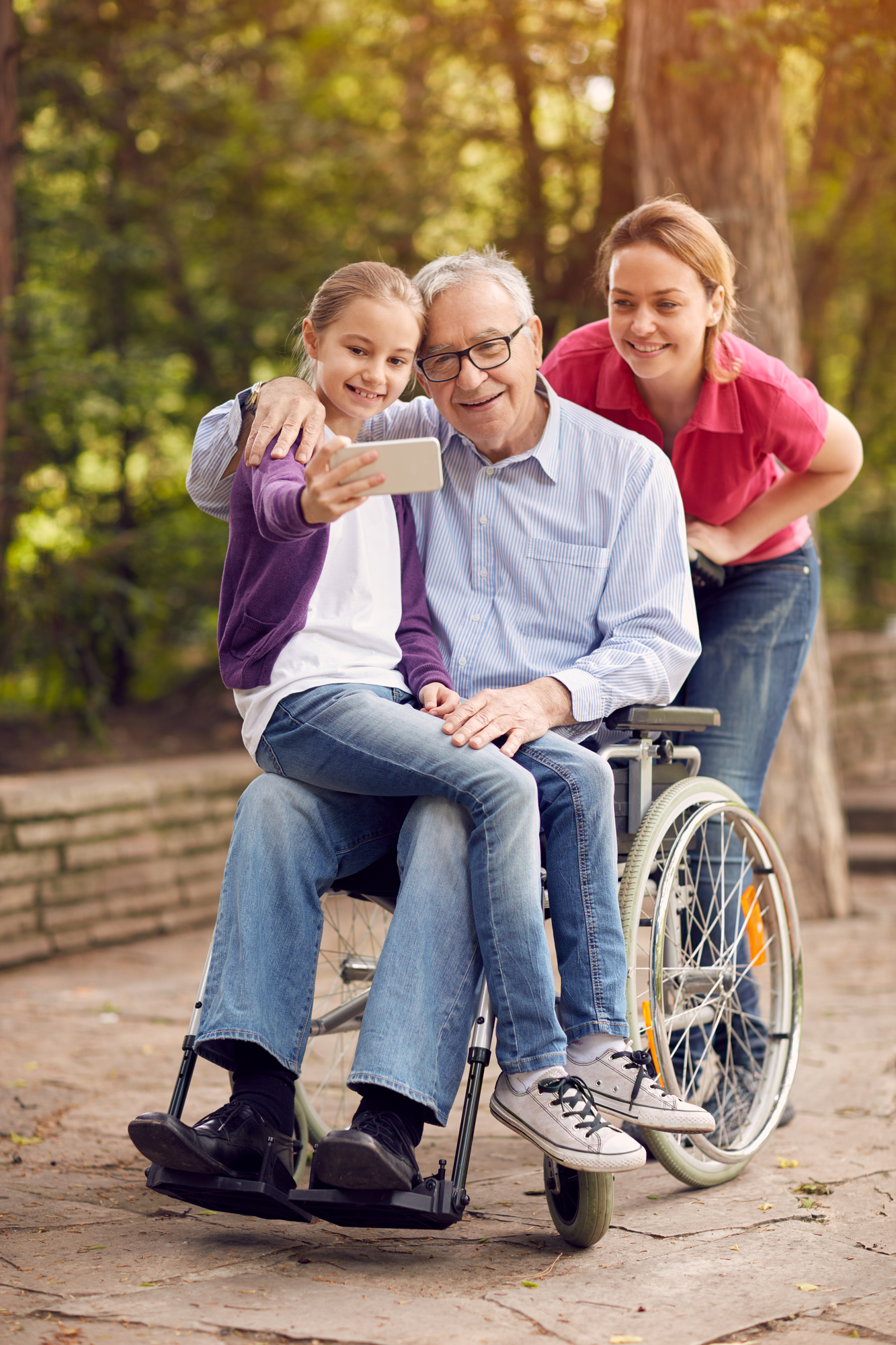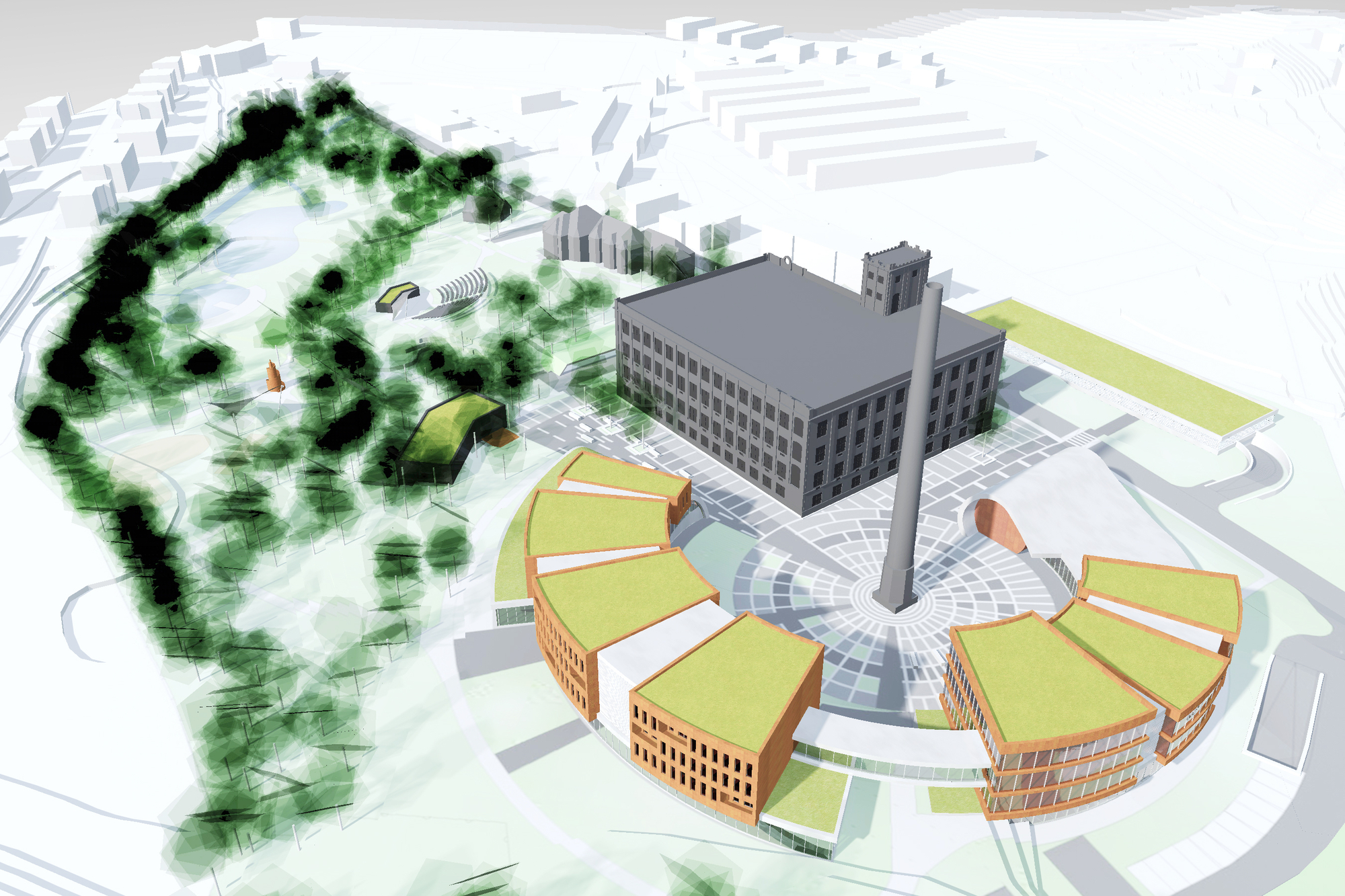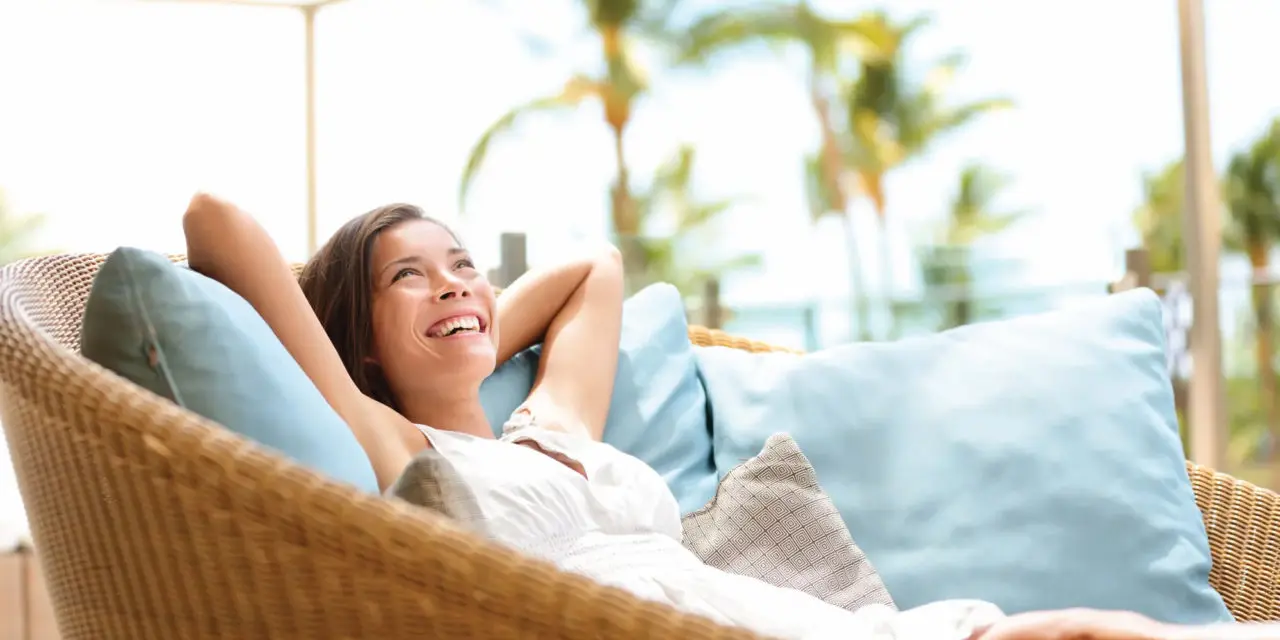Designing cities and homes that sustain us, and the environment
By Páll Jakob Líndal, PhD, Founder of Envalys
How do you feel when moving about your city or town? What about walking down your street, or through your house or apartment? Would you say you feel restored? When feeling worried, what environments do you seek out that recharge and support you? Exploring how the environment around us affects us—physically, socially, mentally—is just as important as how we affect our environment. To meet this ever-increasing, complex necessity, a new, promising, and evidence-based design approach is gaining momentum: Restorative Environmental Design (RED).
What is Restorative Environmental Design?
Over the past several decades, scientists in the field of environmental psychology have built, step-by-step, a vast knowledge base through thousands of empirical studies. We’ve increased our understanding of the importance that design and planning of our environments, and around our environments, have on wellbeing. RED combines sustainable practices with design and building strategies that benefit occupant health.
The UN assumes that 68% of the world’s population will be urban dwellers by 2050; around 6.7 billion people. This projection has surfaced previously overlooked challenges around urban design and planning. Not least of which: How will highly dense urban settings impact human mental health and wellbeing?
In fact, we’re already seeing significant challenges. Looking through the data documented by the major health agencies internationally, it seems obvious that mental health problems are increasing around the globe. This is irrespective of a country’s wealth, resources, and political nuances. While there are many factors contributing to this phenomenon, the environment is a significant factor.
Therefore, we urgently need to place greater focus on how we design and plan our future communities; to proactively mitigate these issues in a way that supports environmental sustainability in tandem with human mental health and wellbeing.
Why include mental health in sustainable design?

RED focuses on how we can design and plan our environments to promote our overall health, including our mental health, instead of simply formulating solutions to prevent and cure diseases and mental health disorders. The approach is implemented across a project’s entire lifecycle, from early design concepts through completion, stretching into the future to predictively understand a project’s restorative longevity after completion.
RED considers “restoration” or “psychological restoration” as central to the design process. The concept of psychological restoration is an umbrella term that Terry Hartig defined as “the process of renewing, recovering, or re-establishing physical, psychological, and social resources or capabilities diminished in ongoing efforts to meet everyday demands.”
First, the definition of restoration presumes we use mental, physical, and social resources when we focus on a particular task. We work; we run to catch the subway on time; or we simply go about our day meeting personal needs or fulfilling family, work, or other social obligations. Second, the definition assumes that resources get depleted, and if not renewed or recharged (more generally speaking, if we don’t “recharge our batteries”), we will sooner or later have difficulties in functioning effectively. This can, for example, result in us feeling more easily irritated, our social skills diminish, our stress hormones rise, and mental health issues become more likely to surface.
But it is important to keep in mind that psychological restoration is just as normal and needed as having a seat when our legs get tired. And, as timing is vital for the restorative process to happen, our environment plays a significant role in the restorative experience. This is where RED comes in. How can we design our homes, schools, work environments, and these proliferating high-density urban settings, to provide psychological restoration while also accounting for our need to use more sustainable practices and materials?
What does RED look like in our communities?
When a friend is experiencing stress, do you instinctually suggest they move to a different space, perhaps a walk in the nearby park? How do the attributes of your surroundings impact you? And what does all this have to do with sustainability?
In short, RED pushes for the sustainability of the individual interacting with their environment. Different environmental settings that are effectively permitting and promoting restorative processes are defined as restorative environments. There’s no particular type, rather a diverse category of environments: natural and urban, indoor and outdoor, spectacular and otherwise mundane. But what they share is a certain je ne sais quoi: they promote regulation of our feelings and emotions, and recovery from stress triggers, fatigue, and the burdens of daily life. They improve our mood, productivity, and focus.

RED rests its foundation on empirical research concerning psychological restoration and environments. It emphasizes the value of positive features, and defines processes that center characteristics that promote a restorative experience. This can include common measures like
- Biophilia: designing with natural materials, imagery, patterns, and forms
- Increasing dynamic, natural light and views of nature
- Design rooted in geography and culture; placemaking
- Indoor gardens and water features
- Ensuring access to nearby green spaces
- Opening up indoor spaces and varying ceiling heights
- Choosing textures and materials that ease occupant stress
Less-obvious factors include the way air flows through a dwelling to maximize oxygen distribution, and combining sustainable materials and practices with careful massing and siting of the building into the local topography. Only a holistic approach can integrate the environment, society, and economics to enhance quality of life in a built environment.
Restore, and prevent depletion
A growing body of evidence (particularly in healthcare) proves biophilia’s role in healing, stress reduction, and social wellbeing. Proven impacts in various environments include
- Enhanced healing and recovery.
- Healthier childhood development.
- Improved attention, concentration, and cognitive function.
- Improved immune function, stress reduction, and decreased cell aging
- Vitamin D metabolism
Likewise, and just as important, RED flags potentially negative features in the design and the design processes of these dwellings and environments. RED, at its core, seeks to limit or avoid causes of stress and depletion. This could include designs that help limit or remove urban traffic, noise pollution, and other distractors; increase security or resilience; as well as myriad other environmental factors that impact a home’s overall restorative qualities.
Restoration is crucial to sustain the individual, which in turn creates the foundation for a healthy and sustainable society. Each and every one of us plays an important role in the community. If design and planning processes focus on nurturing and caring for us and our everyday environments rejuvenate us, we can strengthen sustainability on a societal level. Economic, social, and environmental sustainability are the three pillars of the UN’s sustainable development agenda. It is the unifying platform for integration, action on sustainable development, and follow-up and review.


In a densely built urban environment, offering opportunities for contact with natural elements improves mood and decreases stress. We know that having access to ample sunlight through windows positively affects serotonin production and thus improves quality of life.The same is true for the impact architectural diversity has on us, such as facade decoration on a streetscape level or a variety in roof silhouettes across a skyline.
From that vantage point, it seems wise to integrate RED in our living spaces, and leverage contemporary technologies like 3D virtual previsualization, more sustainable materials selection, and systematic stakeholder-feedback processes to get more diverse perspectives on design. RED’s ability to rapidly adapt to new empirical data and findings can only accelerate adoption of sustainable community design and development. Because we must restore our planet in order to ensure a sustainable home for us all.

The author:
Páll Jakob Lindal, PhD is the founder of Envalys, an architecture, design, and community-planning technology company focused on Restorative Environmental Design (RED). In addition, Páll co-owns TGJ ehf., an architecture, community design, and planning consultancy. He is expert in assessing the psychological impact of the environment on health and wellbeing, whether it is nature or a built environment. Páll has many years of experience in architectural and community planning projects. He holds a doctorate in Environmental Psychology from the University of Sydney and is an adjunct professor in the Department of Psychology at the University of Iceland.


